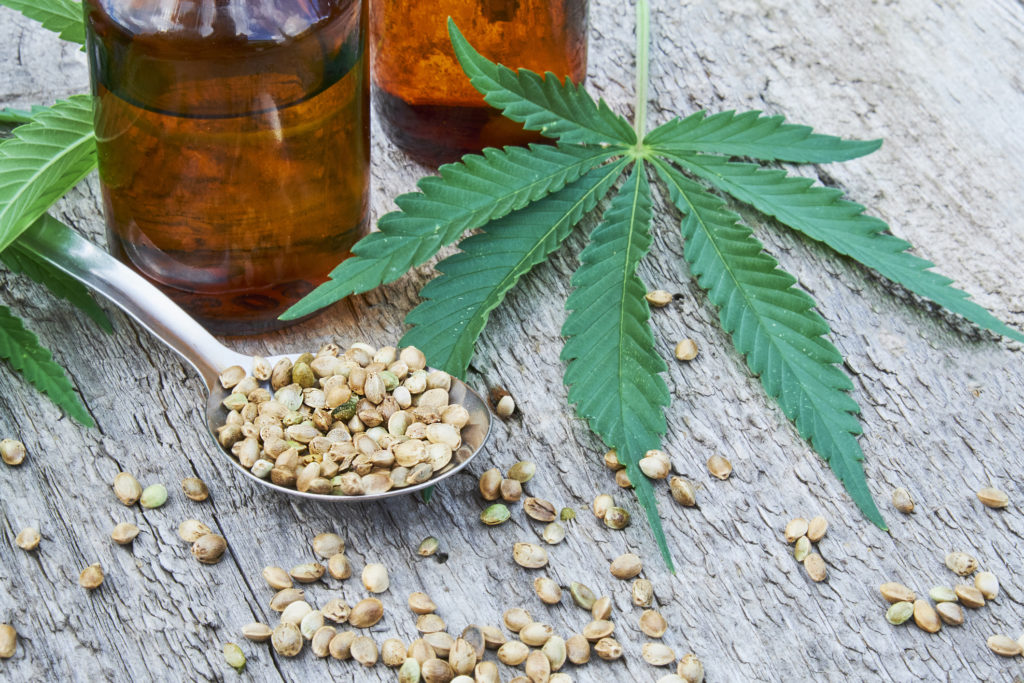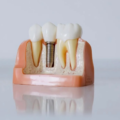Currently more and more Americans are legally using marijuana. People most commonly inhale it as smoke but it’s also used in the form of edible snacks, concentrated oils for vape pens, and topical ointments.
Depending on what form you use cannabis, it might affect dental health if you’re not following proper oral hygiene or using it too frequently. So, what can marijuana do to your teeth and gums if you regularly smoke it?
1. Tooth discoloration and staining
The smoke from marijuana can lead to staining and tooth discoloration if you’re not following proper dental hygiene. However, there is still a risk of tooth discoloration, even if you’re brushing and flossing thoroughly and regularly and visiting your dentist for professional cleanings twice a year.
Carcinogens that are found in marijuana smoke can cause staining if you’re smoking it too often. Though tobacco smoke is more harmful and can provoke more noticeable discoloration, inhaling any smoke will always affect teeth.
To eliminate staining and tooth discoloration caused by marijuana use, consider trying teeth whitening options. However, before you whiten your teeth, talk to your dentist about issues such as gum irritation, tooth sensitivity, and other problems that should be treated before you get a professional teeth whitening treatment.
2. Increased risk for gum disease
Just like tobacco use, marijuana use has been linked to an increased risk for gingivitis, periodontal disease, and other gum problems. Again, carcinogens are to blame. In addition to harming overall health, they can particularly affect gums and teeth. During smoke inhalation , high temperatures irritate the gums that can result in sensitivity, swelling, and gum bleeding. The more you smoke cannabis the greater your risk for developing gum disease.
To prevent periodontal disease, you should follow diligent dental hygiene that includes brushing the teeth thoroughly twice per day and flossing once a day. If you notice gum disease signs, consider using marijuana in a different way. You can try ointments and edibles, albeit these options can cause side effects as well but they won’t irritate your gums and increase your risk for periodontal disease. If you use marijuana for a medical purpose, talk to your doctor about possible side effects and choose together which form will be best for you
3. Bacteria overgrowth and tooth decay
Many hard marijuana smokers experience gum irritation that leads to gum pockets. Gum pockets form between gums and teeth and create an ideal place for bacteria and plaque accumulation. This issue will lead to gum disease, tooth decay, bad breath, infections, and other dental problems.
According to the American Dental Association, marijuana smoke possesses an immunosuppressive effect on the gums and teeth leading to high levels of candidiasis colonies and bacteria in those who often smoke marijuana. This, in turn, increases the risk for decay and dental cavities. Talk to your dentist about your risk and how to effectively prevent bacteria overgrowth in the mouth and tooth decay. Following proper dental hygiene and visiting your dentist in time will help you keep your teeth and gums safe.
Mouth dryness is a common side effect of marijuana use which can negatively affect the health of your gums and teeth. Sufficient saliva production is essential for normal PH balance in your mouth which helps prevent tooth decay, fungal infections, bad breath, inflammation, and many other issues. Fortunately, some things can help you reduce dryness caused by marijuana smoking. These include staying hydrated, avoiding acidic and sugary foods and drinks, limiting caffeine intake, and using a mouthwash for dry mouth.








































No Comments